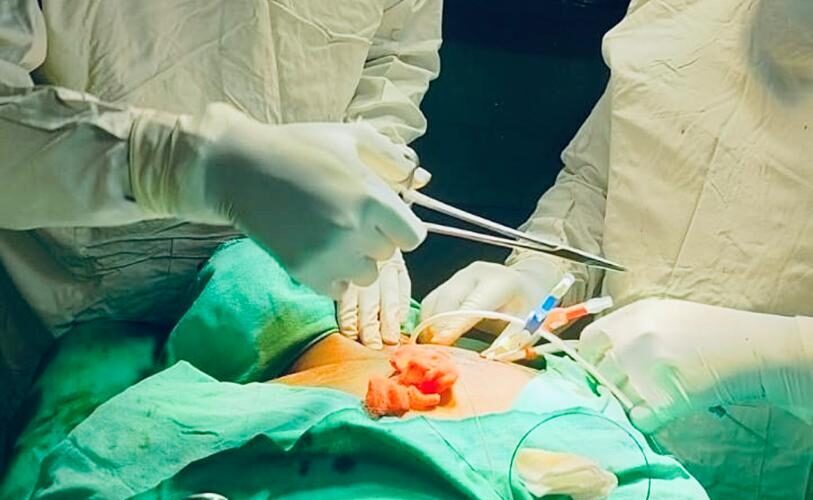TCV 90/91, opposite Patient Mitra Pharmacy, Opposite Ram Manohar Lohiya Hospital, Vibhuti Khand, Gomti Nagar, Lucknow, Uttar Pradesh 226010

Renal replacement therapy Renal replacement therapy (RRT) refers to medical treatments used to replace kidney function in individuals whose kidneys are no longer able to adequately filter and remove waste products, mointain electrolyte balance, and regulate fluid levels. RRT is typically used in cases of end-stage renal disease (ESRD) or acute kidney injury (AKI) with severe renal dysfunction.
Indications for RRT:
The choice of appropriate RRT depends on several factors:
The main types of RAT include:
TCV 90/91, opposite Patient Mitra Pharmacy, Opposite Ram Manohar Lohiya Hospital, Vibhuti Khand, Gomti Nagar, Lucknow, Uttar Pradesh 226010
nephrosapians@gmail.com
Copyright @ 2024 || Designed With 